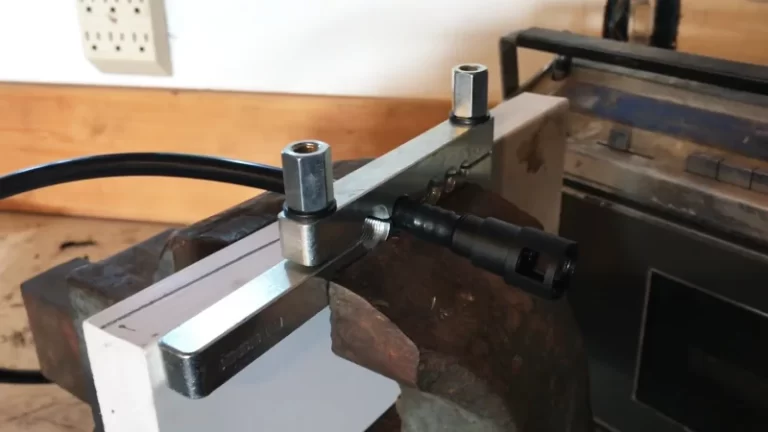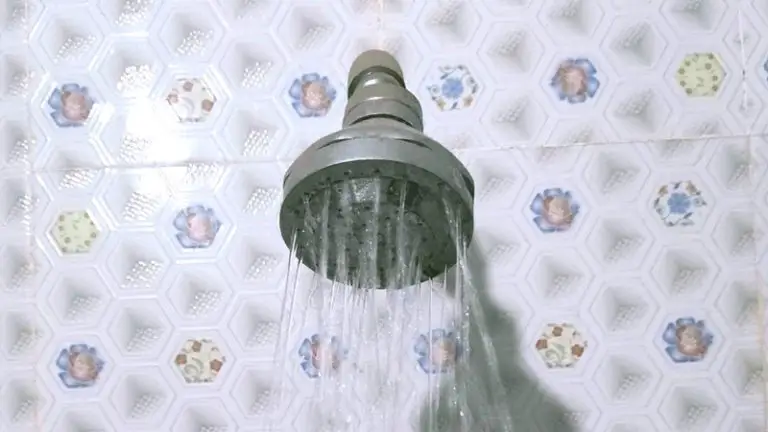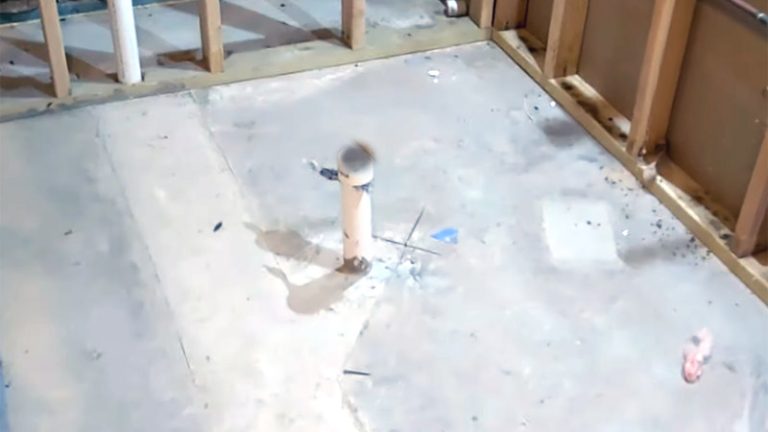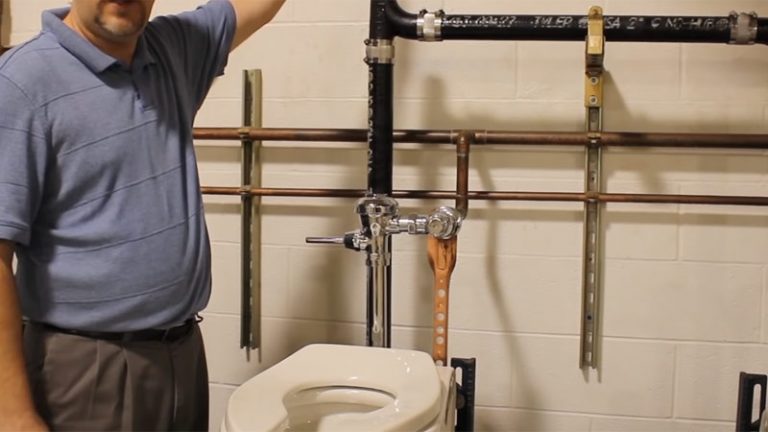Terralift Complaints: Before You Spend Thousands, Read This!
You have a serious problem. There are soggy spots in your yard, unpleasant odors are wafting around your property, and your drains are backing up. These are classic signs of a failing septic drain field, a problem that traditionally meant spending tens of thousands of dollars to excavate and replace your entire system. Then, you heard about Terralift, a seemingly miraculous, non-invasive solution that promises to fix your drain field for a fraction of the cost. It sounds too good to be true.
That’s why you’re here. You’re searching for “Terralift complaints” because you’re a savvy homeowner doing your due diligence. This article will dive deep into the common issues, complaints, and potential pitfalls of the Terralift service. We will explore why it fails for some, the significant costs involved, and the critical questions you must ask before scheduling a service to avoid a costly mistake.
You'll Learn About
What is Terralift and How Does It Claim to Work?
The Terralift system is a patented technology designed to address failing septic systems and compacted soil without major excavation. The process involves a specialized machine that inserts a long, narrow probe three to six feet into the ground around your septic drain field lines. Once in position, the machine injects high-pressure air into the soil.
This blast of air fractures the compacted earth, creating a network of new fissures and pathways. To keep these new pathways open, the system then injects small, water-repellent polystyrene beads into the fractured soil. The theory is that this process, often called soil fracking, de-compacts the ground, allows wastewater to drain properly again, and revitalizes the drain field, extending its life for years.
The Core of the Complaints: Why Are Some Customers Unhappy?
Despite the promising claims, a significant number of homeowners have been left unsatisfied after a Terralift service. The complaints generally fall into several key categories, ranging from its effectiveness and cost to the very nature of the diagnosis. Understanding these issues is the first step toward protecting yourself from a bad investment.
Complaint #1: It’s Often a Temporary Fix, Not a Permanent Solution
The most prevalent complaint about Terralift is its lack of long-term effectiveness. Many users report that while the service provided some initial relief, the original problems of slow drainage and soggy ground returned within a few months to a couple of years. This temporary relief comes at a high price, leading many to feel they wasted money on a “band-aid” solution when they should have invested in a permanent replacement.
A septic inspector with over 19 years of experience noted that such solutions are temporary because once a drain field passes the “anaerobic tipping point,” there is no quick fix besides replacement. While some technicians claim to have performed Terralift procedures that have lasted over 15 years, this success is not universal and depends heavily on specific site conditions.
Complaint #2: High Costs and Questionable Value for Money
Terralift is marketed as a cost-effective alternative to a full drain field replacement, but “cost-effective” is a relative term. The service can still cost several thousand dollars. When the fix only lasts for a short period, the value proposition quickly diminishes. For example, spending $7,000 on a Terralift procedure that comes with only a two-year guarantee can feel like a poor investment, especially when a full replacement might cost between $12,000 and $18,000 but lasts for decades.
Homeowners often find themselves in a difficult position, weighing the immediate savings against the risk of needing to pay for a full replacement just a few years down the line. This financial gamble is a major source of frustration and negative reviews from those for whom the process failed.
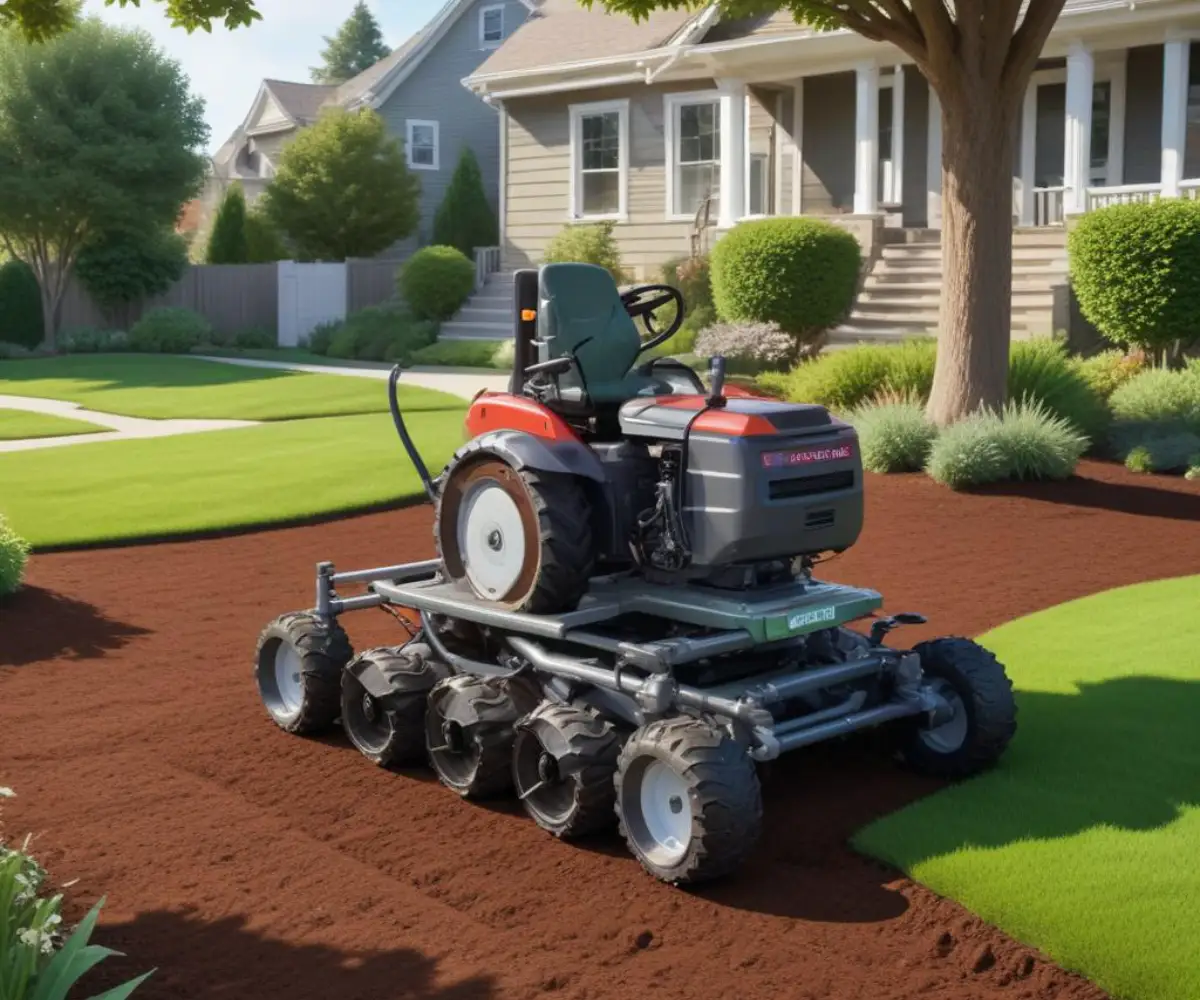
Complaint #3: Misdiagnosis of the Underlying Septic Problem
Perhaps the most critical issue leading to Terralift complaints is the misdiagnosis of the septic system’s failure. Terralift is designed to fix one problem and one problem only: soil compaction. If the soil around your drain field has become so dense that water cannot penetrate it, Terralift can potentially help by fracturing that soil.
However, septic systems can fail for numerous other reasons that Terralift cannot address. These include a thick, overgrown biomat (a black, slimy layer of bacteria that clogs the soil pores), crushed or broken pipes from tree roots or ground shifting, an improperly designed system, or a high water table. If a provider sells a Terralift service without first confirming that compaction is the true culprit, the procedure is destined to fail, and the homeowner is left with the same problem and a much lighter wallet.
Complaint #4: Environmental Concerns Over Polystyrene Beads
The Terralift process involves injecting expanded polystyrene (EPS) beads into the ground to keep the newly created fissures open. While effective in the short term, this practice raises significant environmental questions. Polystyrene is a form of plastic derived from fossil fuels; it does not biodegrade and can persist in the environment for hundreds of years.
Over time, these beads can break down into microplastics, contaminating soil and potentially groundwater. For environmentally conscious homeowners, the idea of intentionally introducing plastic pollution into their property is a major drawback. These concerns are valid, as the long-term ecological impact of this procedure is not well-documented.
A Balanced Perspective: When Can Terralift Be a Viable Solution?
Despite the numerous complaints, Terralift is not a scam in every situation. There are scenarios where it can be an effective and appropriate solution. Its success hinges almost entirely on a proper and accurate diagnosis of the problem.
Terralift is most likely to succeed when the primary cause of drain field failure is confirmed to be soil compaction. This is common in areas with heavy clay soil, or on properties where heavy vehicles or equipment have repeatedly driven over the drain field area. In these specific cases, fracturing the soil can restore its ability to absorb water and rejuvenate the system. However, this ideal scenario is often the exception rather than the rule.
Terralift vs. Drain Field Replacement: A Head-to-Head Comparison
Making an informed decision requires a clear understanding of your options. The following table breaks down the key differences between undergoing a Terralift procedure and opting for a full drain field replacement.
| Feature | Terralift Procedure | Full Drain Field Replacement |
|---|---|---|
| Initial Cost | Lower (Typically $3,000 – $8,000) | Higher (Typically $10,000 – $25,000+) |
| Disruption to Property | Minimal; no major excavation required. Preserves lawn and landscaping. | Extensive; requires heavy machinery and complete excavation of the yard. |
| Time to Complete | Fast; usually completed in a single day. | Slow; can take several days to a week, plus time for landscaping restoration. |
| Longevity & Effectiveness | Variable and often temporary (1-5 years); effectiveness is not guaranteed. | Permanent solution; designed to last for 20-30 years or more. |
| Ideal Use Case | Confirmed cases of soil compaction in an otherwise healthy system. | System failure due to age, biomat clogging, broken pipes, or improper design. |
| Primary Risk | Spending thousands on a temporary fix that fails to address the root cause. | High upfront cost and significant landscape damage. |
The Ultimate Pre-Terralift Checklist: 5 Steps to Avoid Regret
If you are still considering Terralift, you must proceed with caution and diligence. Following this checklist can help you mitigate the risks and determine if it’s the right choice for your situation, preventing you from becoming another statistic in the pile of Terralift complaints.
Step 1: Insist on a Comprehensive Septic Inspection First
Before you even discuss Terralift, hire an independent, certified septic inspector to perform a thorough evaluation of your entire system. This is non-negotiable. The inspection must include a sewer camera scope of your drain lines. This will identify any crushed pipes, root intrusion, or blockages that air fracturing cannot fix. The inspector should also assess the condition of the biomat and the soil itself.
Step 2: Verify That Soil Compaction is the Primary Issue
Ask the inspector to specifically determine if soil compaction is the main cause of failure. This may involve digging test pits or performing soil percolation tests to measure how quickly water is absorbed. If the inspector concludes that the primary issue is a clogged biomat or damaged pipes, Terralift will not be an effective long-term solution.
Step 3: Thoroughly Vet the Terralift Provider
Not all providers are created equal. Some may be more interested in making a quick sale than providing a correct diagnosis. Look for a company with a long-standing reputation and years of experience specifically with the Terralift system. Ask for local references of jobs they completed several years ago and follow up with those homeowners to see if the fix has lasted.
Step 4: Scrutinize the Guarantee and Warranty
A reputable provider should offer a warranty on their work, but you need to read the fine print. A short, two-year warranty on a multi-thousand-dollar job may be a red flag. Ask pointed questions: What exactly does the guarantee cover? What is the process if the system fails again within the warranty period? Get all promises in writing before any work begins.
Step 5: Explore All Alternative and Complementary Solutions
Ask your septic professional about other rejuvenation methods. In some cases, high-pressure water jetting of the drain lines combined with bacterial treatments can help break down a thick biomat. Improving your own septic habits—reducing water usage, being careful about what goes down the drains, and regular pumping—is also crucial for the longevity of any septic system. Sometimes, issues with drainage can even be related to foundational problems with your home, where understanding solutions like those for basement walls can provide a broader context for property maintenance.
Conclusion: Is Terralift a Gamble or a Genius Solution?
The verdict on Terralift is clear: it is a highly specialized tool, not a universal cure-all. The widespread complaints stem not from the technology itself, but from its frequent misapplication to problems it was never designed to solve. When used on a drain field failing from severe biomat clogging, broken pipes, or poor design, it is almost certain to be a costly and temporary patch.
However, in the specific instance of diagnosed and confirmed soil compaction, it can be a viable way to postpone a full, disruptive replacement. The power to avoid becoming a negative statistic lies entirely in your hands. By investing in a proper diagnosis, thoroughly vetting your provider, and understanding the technology’s limitations, you can make a truly informed decision that protects both your property and your finances.

